The Science and Mystery of Twins in IVF

Twins have long captured the public imagination — two lives beginning side by side, bonded before birth. In the world of fertility treatment, twins are not only more common than in natural conception, but also more complex.
Twins have long captured the public imagination — two lives beginning side by side, bonded before birth. In the world of fertility treatment, twins are not only more common than in natural conception, but also more complex. At Reproductive Centers of America (RCA), we approach the topic of twins in IVF with both scientific precision and deep respect for the emotional nuance that comes with this possibility.
Why Are Twins More Common in IVF?
In natural conception, the chance of conceiving twins is around 1–2%. In IVF, however, the rate can be significantly higher, depending on how many embryos are transferred. The reason is simple: more embryos, more chances for implantation.
Historically, fertility clinics transferred two or more embryos to increase the odds of pregnancy. However, with today’s advances in embryo freezing and genetic testing (PGT-A), single embryo transfer (SET) is now preferred in many cases. Why? Because while twins may sound exciting, they come with greater medical risks.
Types of Twins in IVF
1. Dizygotic (Fraternal) Twins
These are the most common in IVF—two embryos are transferred, and both implant. Each has its own placenta and genetic makeup. They’re siblings who happen to share the womb at the same time.
2. Monozygotic (Identical) Twins
Less common and less understood, these occur when one embryo splits into two. Even when only a single embryo is transferred, monozygotic twins can still result. This phenomenon remains a mystery in many ways, though factors like embryo culture conditions and assisted hatching may influence it.
The Risks of Twin Pregnancies
While some patients dream of “getting two babies in one try,” it’s important to understand that twin pregnancies are higher risk, both for the birthing parent and the babies. Risks include:
- Preterm birth
- Low birth weight
- Gestational diabetes
- Preeclampsia
- NICU admission
- Cesarean delivery
This is why most fertility specialists—including ours at RCA—recommend single embryo transfer in patients with a good prognosis. Healthy singleton pregnancies are safer, more predictable, and more aligned with the latest best practices.
When Twins May Still Occur
Even with one embryo transferred, nature can surprise us. Some embryos split spontaneously. Other patients may specifically request double embryo transfer due to age, poor embryo quality, or previous failures. In such cases, our team walks through the risks and benefits carefully.
Our goal is not just a pregnancy—it’s a healthy delivery and a thriving family.
The Emotional Side of Twins
We understand the mixed emotions that can come with the possibility—or reality—of twins. For some, it feels like a miracle. For others, it’s overwhelming or even anxiety-inducing.
At RCA, we take a human-first approach. We talk openly about what twin pregnancies might mean medically, emotionally, financially, and logistically. We support patients with perinatal mental health referrals, high-risk OB/MFM coordination, and honest, compassionate guidance.
Twins in IVF are both a scientific curiosity and an emotional journey.
Whether you’re dreaming of a larger family or hoping for one healthy baby, we’’re here to guide you with clarity, safety, and care.
Why Are Twins More Common in IVF?
In natural conception, the chance of conceiving twins is around 1–2%. In IVF, however, the rate can be significantly higher, depending on how many embryos are transferred. The reason is simple: more embryos, more chances for implantation.
Historically, fertility clinics transferred two or more embryos to increase the odds of pregnancy. However, with today’s advances in embryo freezing and genetic testing (PGT-A), single embryo transfer (SET) is now preferred in many cases. Why? Because while twins may sound exciting, they come with greater medical risks.
Types of Twins in IVF
1. Dizygotic (Fraternal) Twins
These are the most common in IVF—two embryos are transferred, and both implant. Each has its own placenta and genetic makeup. They’re siblings who happen to share the womb at the same time.
2. Monozygotic (Identical) Twins
Less common and less understood, these occur when one embryo splits into two. Even when only a single embryo is transferred, monozygotic twins can still result. This phenomenon remains a mystery in many ways, though factors like embryo culture conditions and assisted hatching may influence it.
The Risks of Twin Pregnancies
While some patients dream of “getting two babies in one try,” it’s important to understand that twin pregnancies are higher risk, both for the birthing parent and the babies. Risks include:
- Preterm birth
- Low birth weight
- Gestational diabetes
- Preeclampsia
- NICU admission
- Cesarean delivery
This is why most fertility specialists—including ours at RCA—recommend single embryo transfer in patients with a good prognosis. Healthy singleton pregnancies are safer, more predictable, and more aligned with the latest best practices.
When Twins May Still Occur
Even with one embryo transferred, nature can surprise us. Some embryos split spontaneously. Other patients may specifically request double embryo transfer due to age, poor embryo quality, or previous failures. In such cases, our team walks through the risks and benefits carefully.
Our goal is not just a pregnancy—it’s a healthy delivery and a thriving family.
The Emotional Side of Twins
We understand the mixed emotions that can come with the possibility—or reality—of twins. For some, it feels like a miracle. For others, it’s overwhelming or even anxiety-inducing.
At RCA, we take a human-first approach. We talk openly about what twin pregnancies might mean medically, emotionally, financially, and logistically. We support patients with perinatal mental health referrals, high-risk OB/MFM coordination, and honest, compassionate guidance.
Twins in IVF are both a scientific curiosity and an emotional journey.
Whether you’re dreaming of a larger family or hoping for one healthy baby, we’’re here to guide you with clarity, safety, and care.









